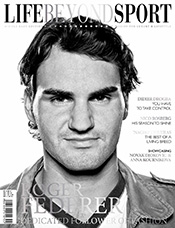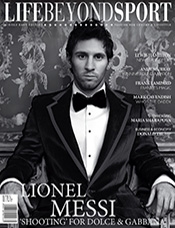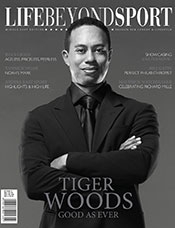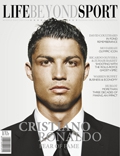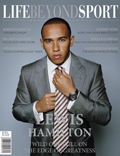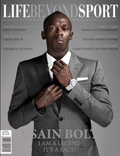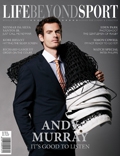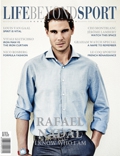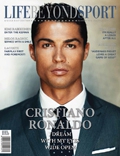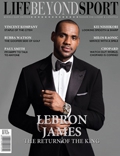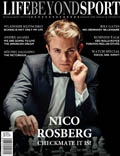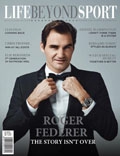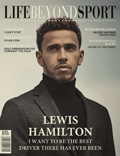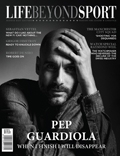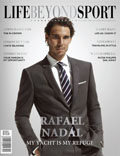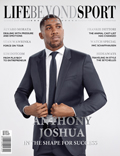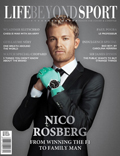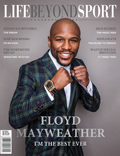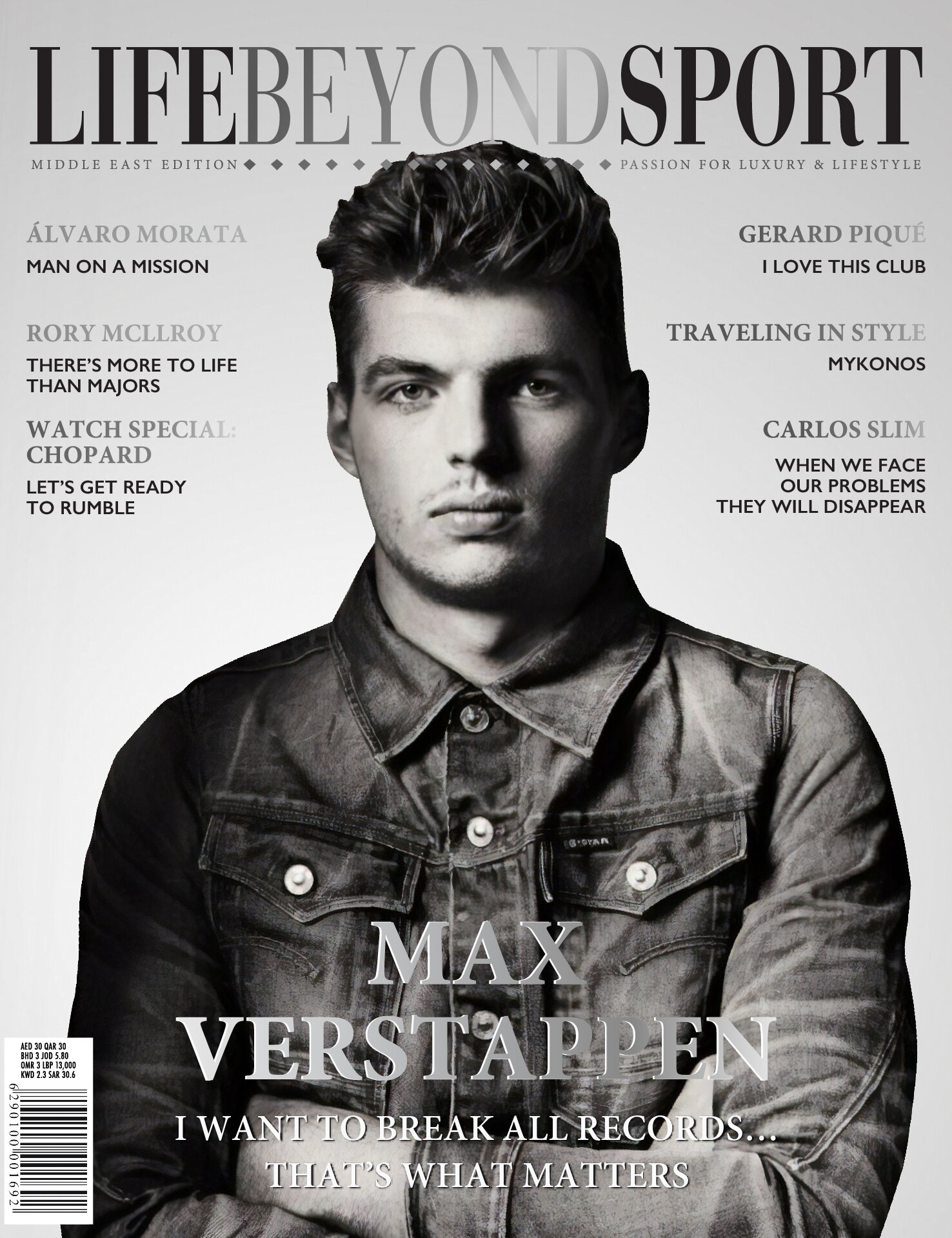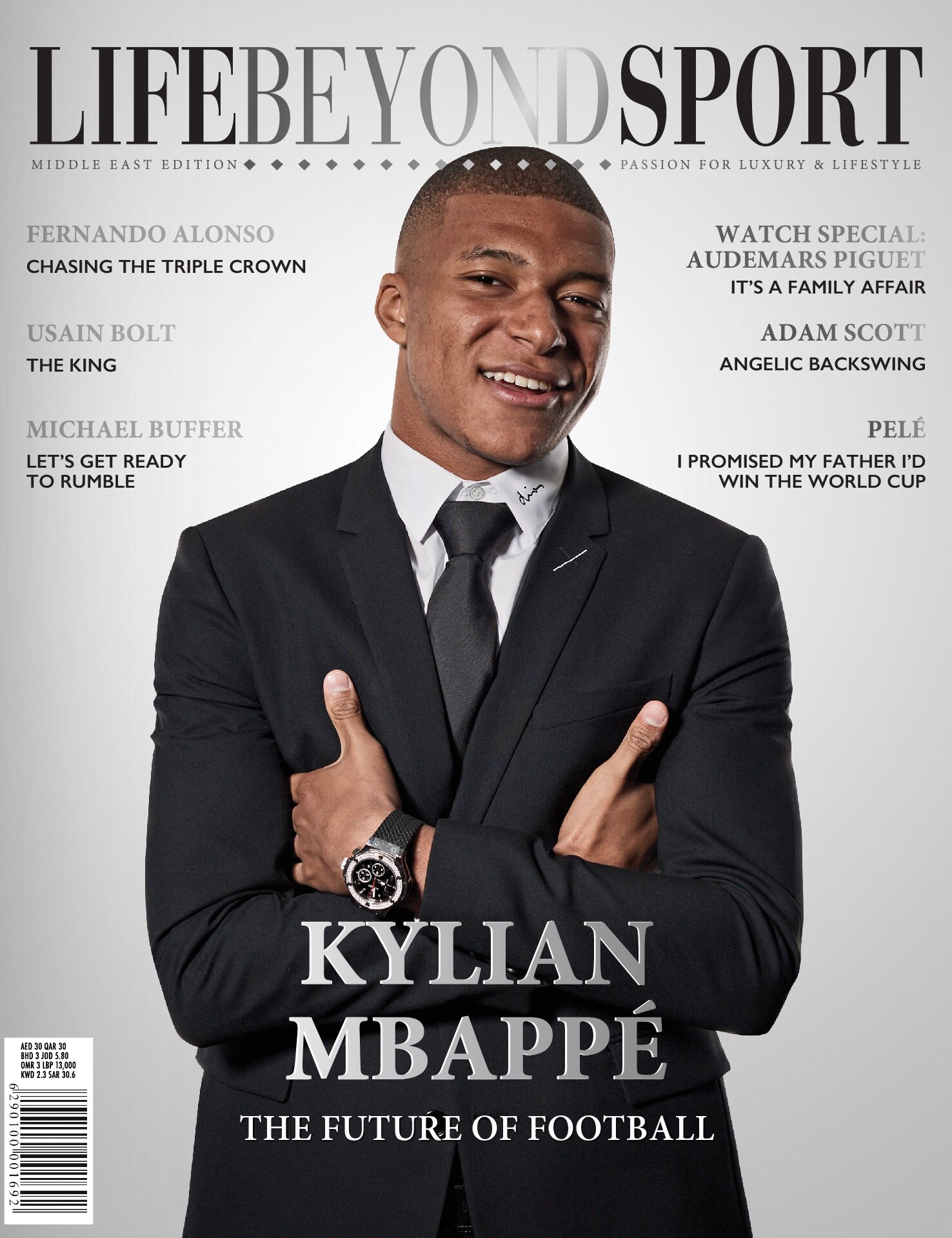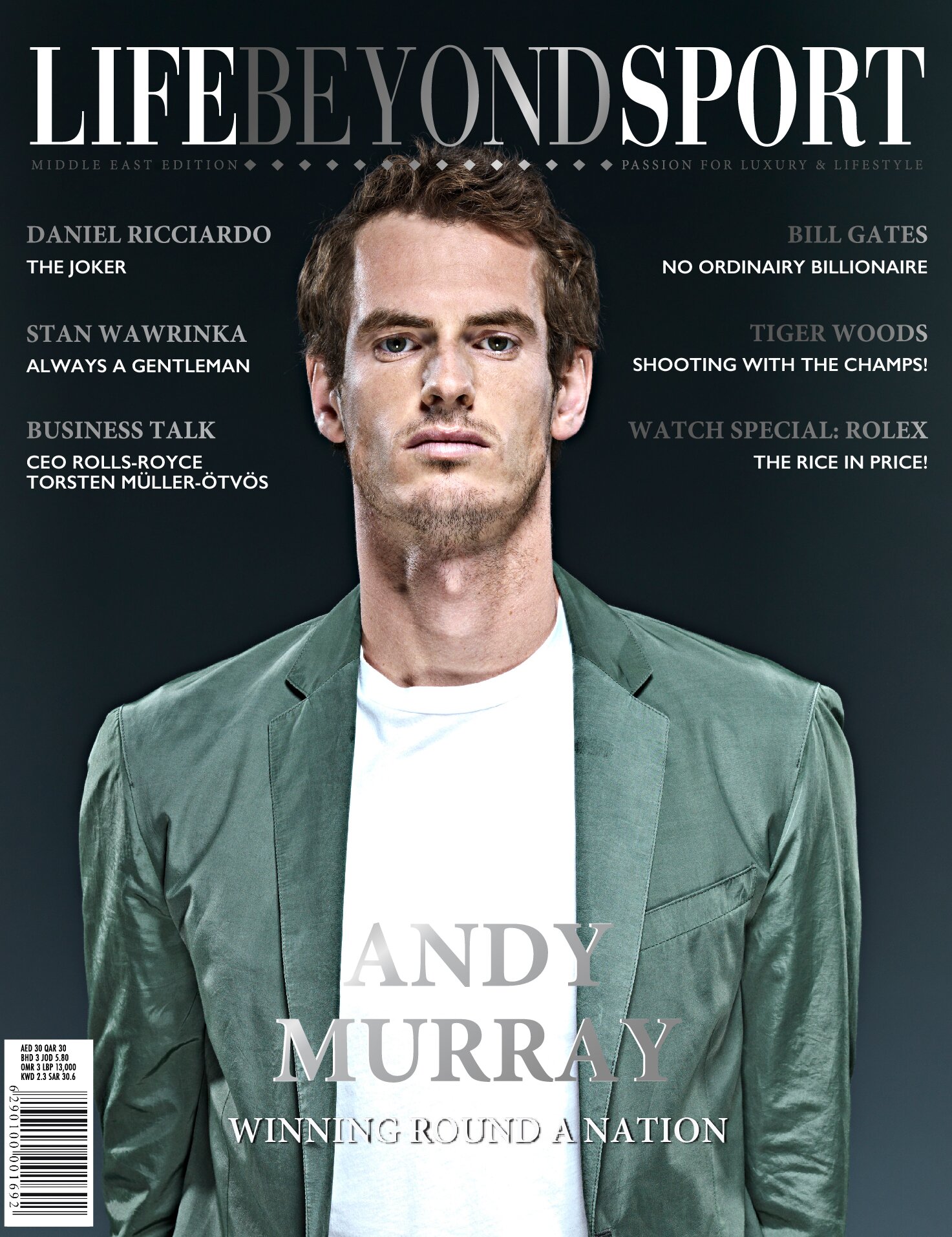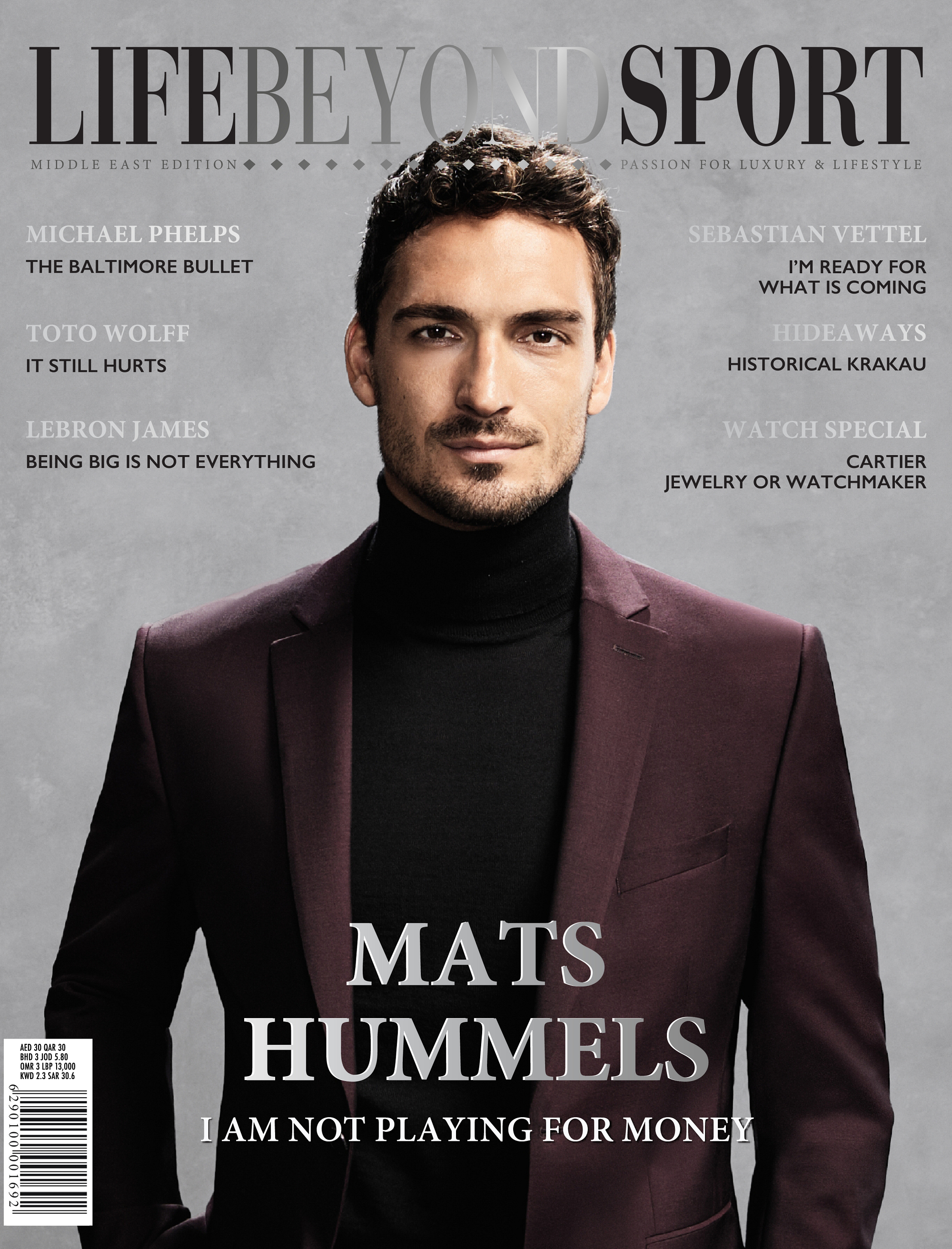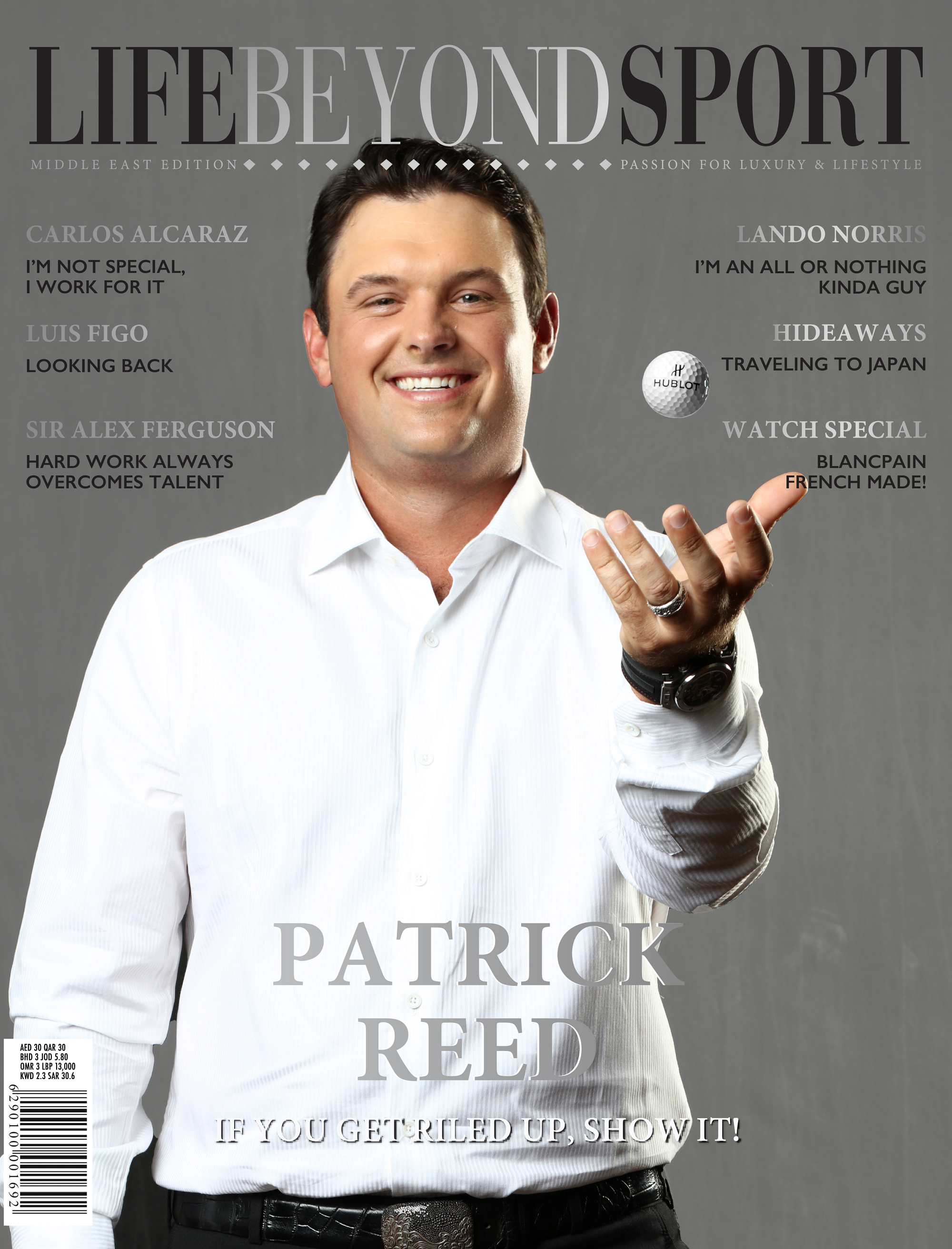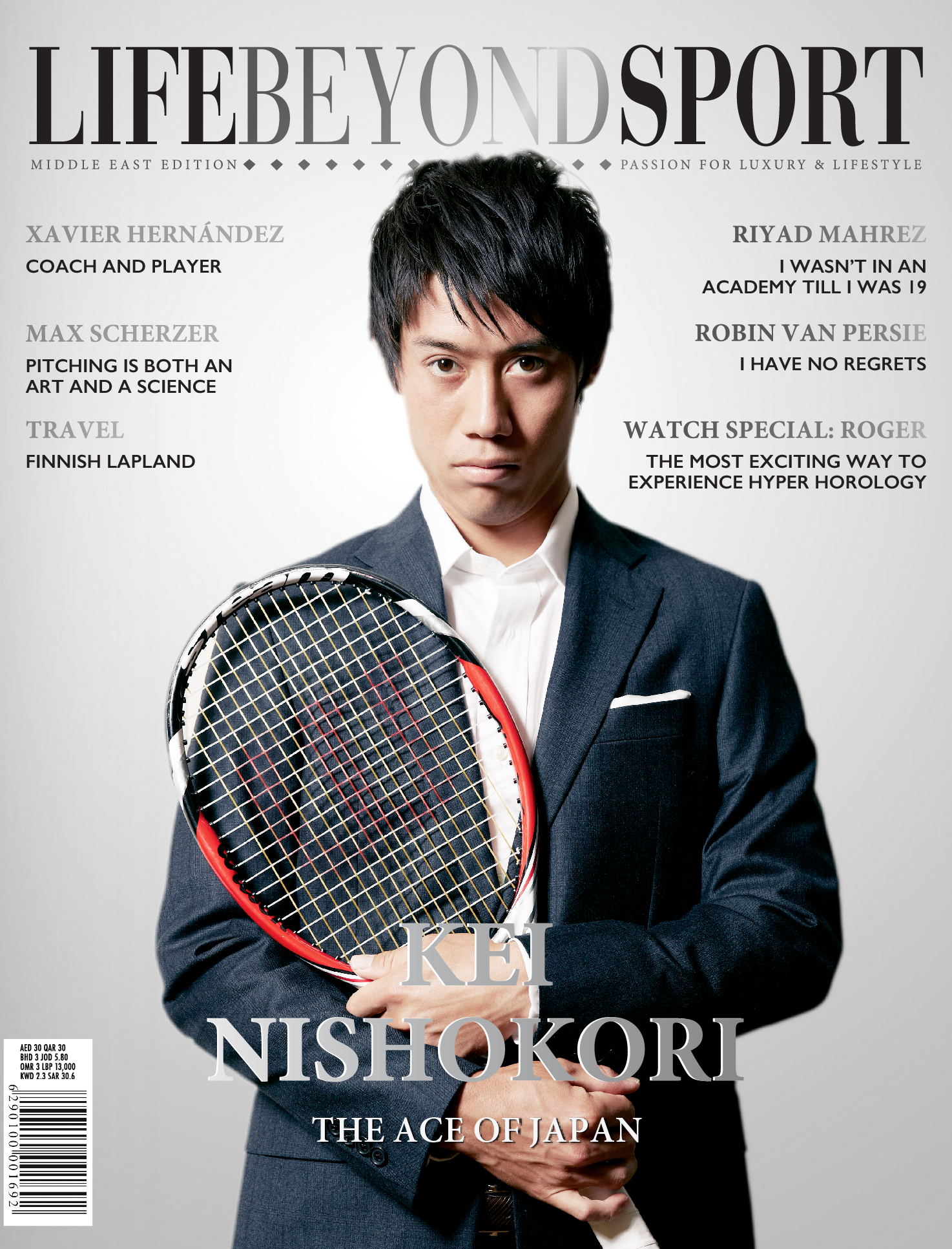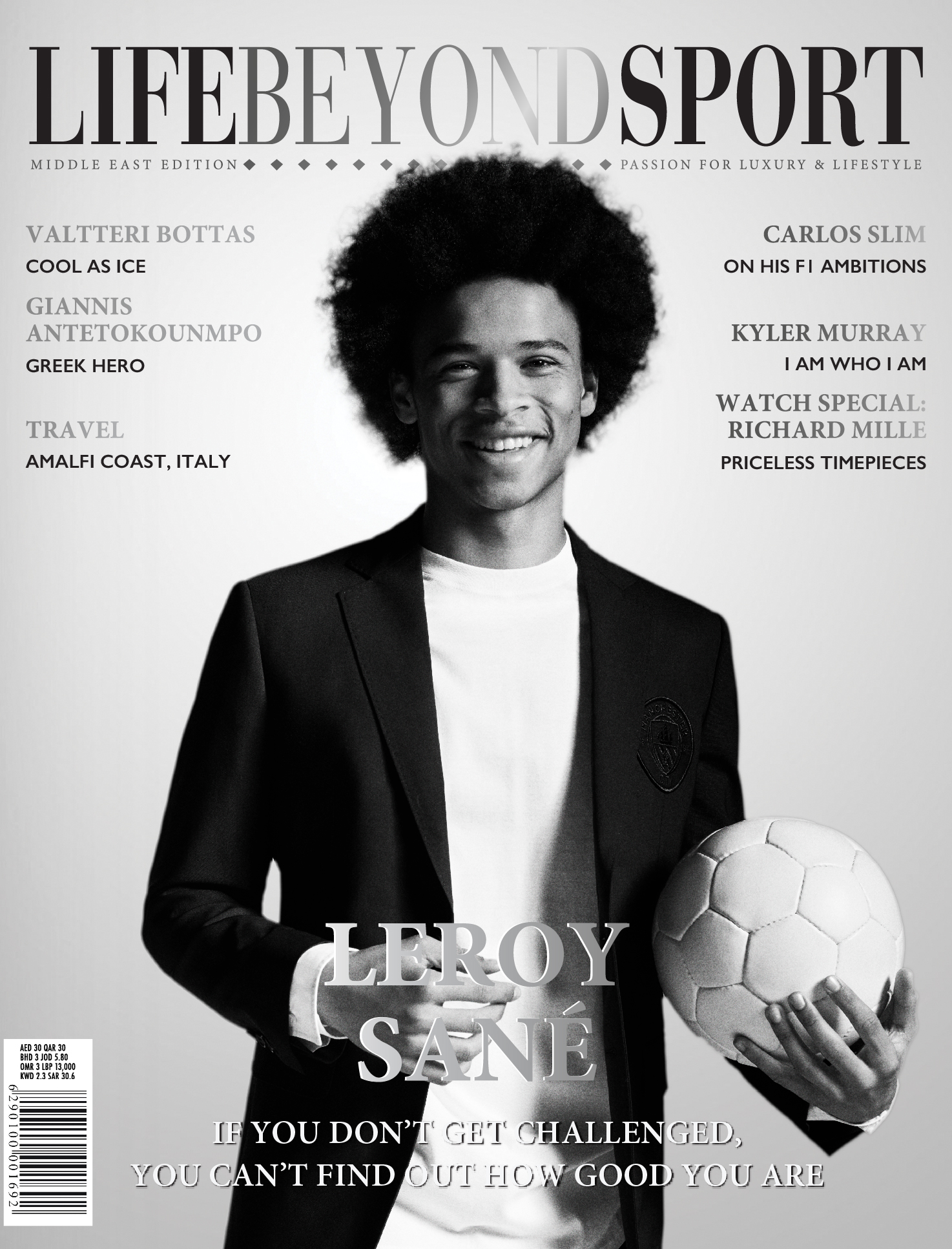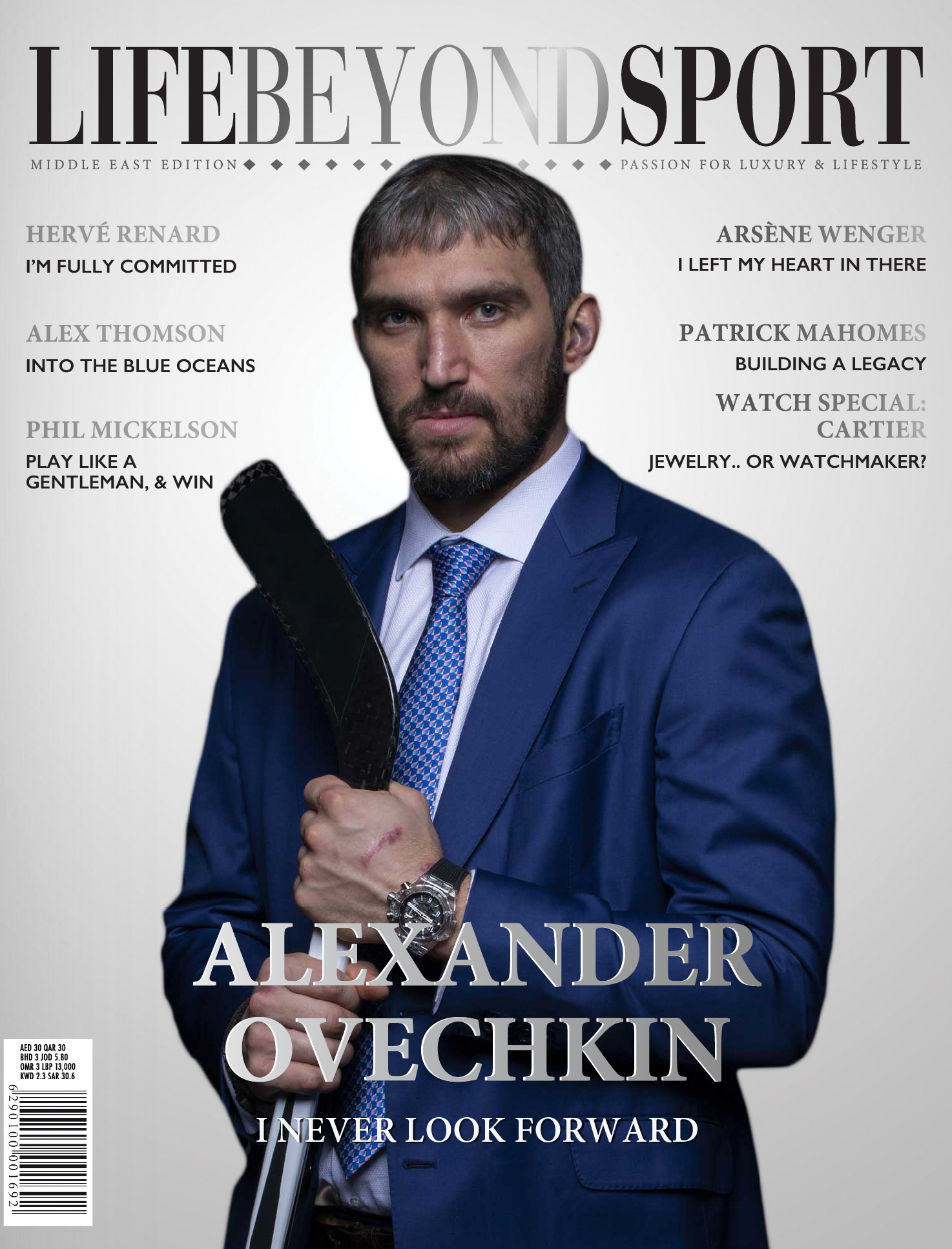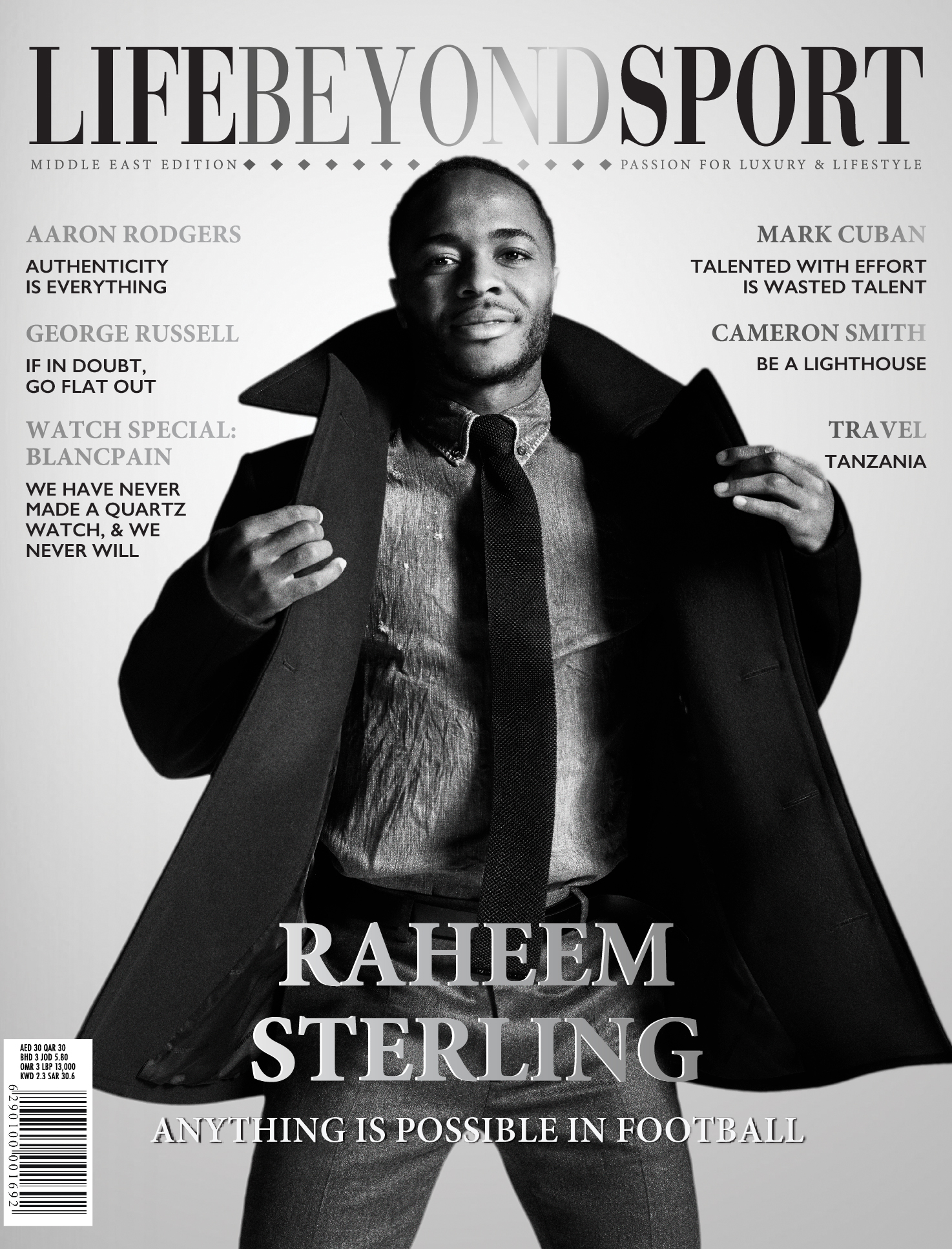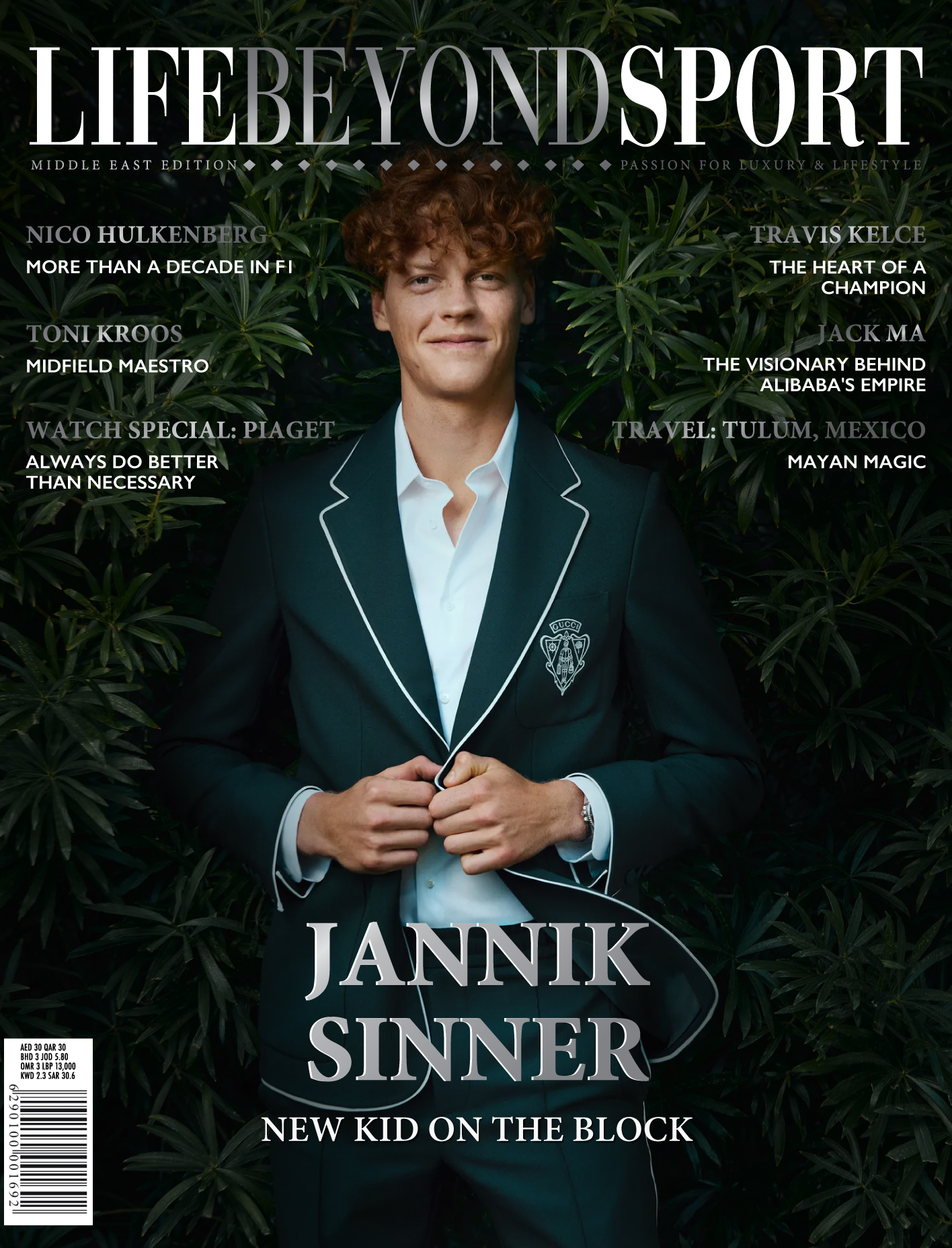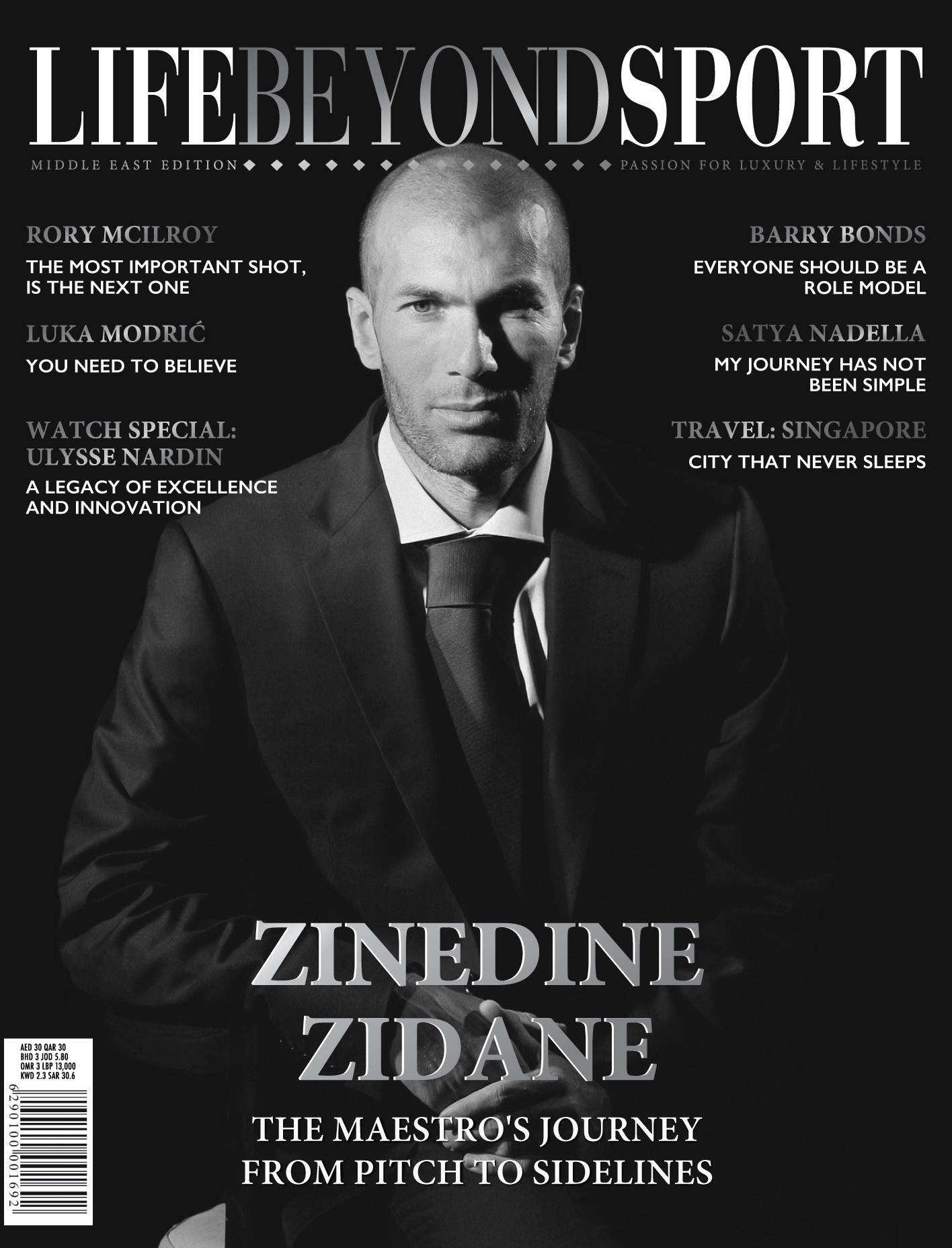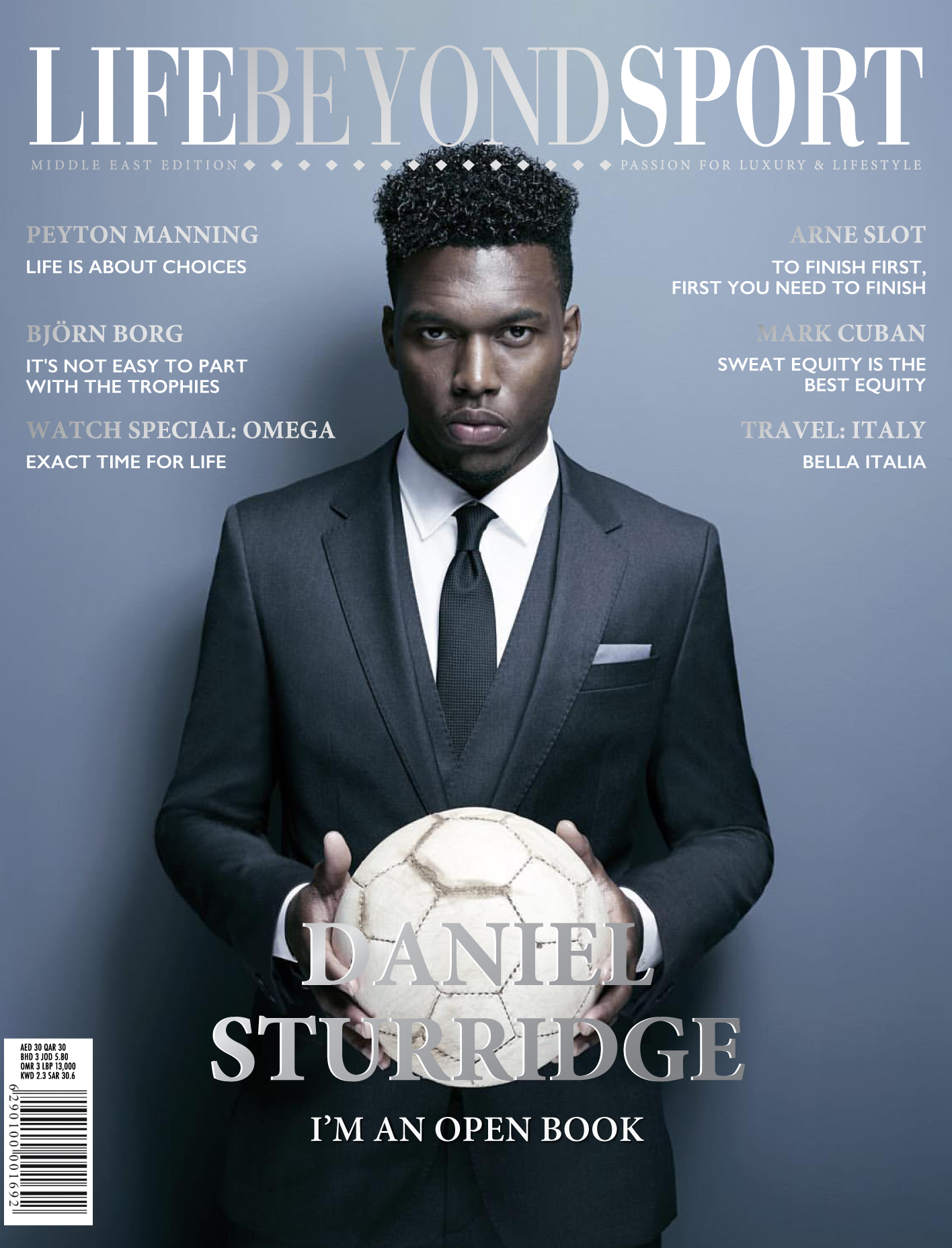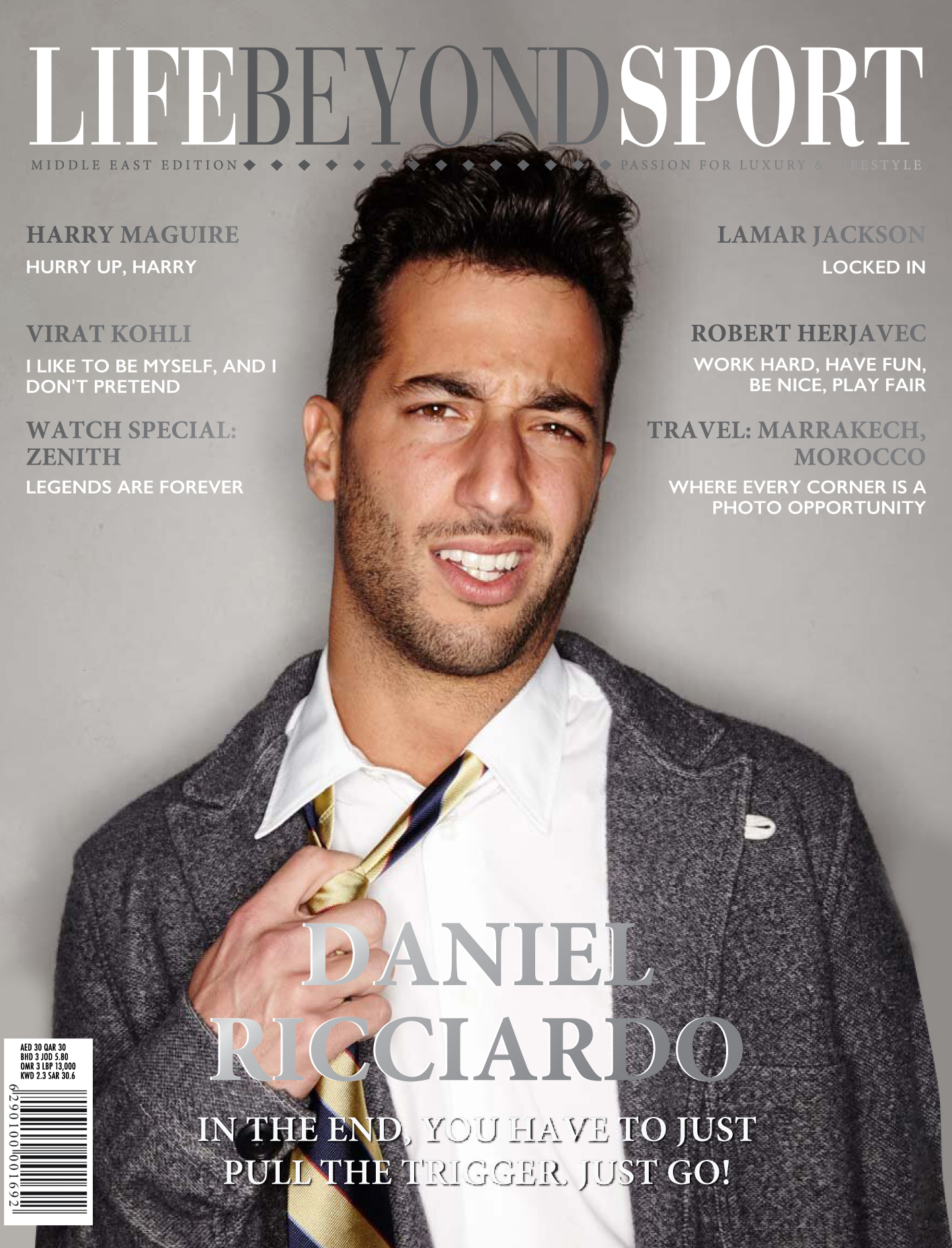A list of the basic ideas to take into consideration while delving into the booming physical investment industry.
Like all investment sectors, there are basic ideas that need to be considered while investing in art. These primary guidelines are in no manner exhaustive or all-encompassing. They aim to provide a potential investor with a foothold in the industry while also equipping them aware of various factors influencing the art market.
1. Art should be representative of the artist
Originality in terms of style is a characteristic endemic to all artists. If a popular artist creates an obscure piece that is not closely representative of their unique style, it may be available for purchase at a cheap bargain but is going to be harder to resell. While there always exists the possibility of reselling, (however minute),
you expect to fulfill two conditions through your investment? First, the highest rate of return, and second, a striking addition to your house in the meantime.
2. Comparison is key
If you admire a certain artist’s work, you’re likely to feel the same sentiment for their other artworks or similar works by other artists. It is, therefore, advisable to take into consideration a range of artworks before settling on one. Especially in the case of uncertainty?—?if you don’t fall in love with a piece and aren’t sure whether it’s the one you want?—?it is wise to take your time and explore your options in order to make an informed decision.
In order to facilitate comparison, visiting an exhibition and seeing the works firsthand is an effective way to get a feel of the artworks. However, it’s 2018, and even art can be appreciated from the comfort of your home.
Through various credible retailers, auctions, and art-investment websites that offer exceptionally-curated art collections, you can make a confident decision on your investment remotely.
 3. Trust your gut but back it up with research
3. Trust your gut but back it up with research
Awareness is monumental while investing. Through research, you can arm yourself with information about the artists’ background, the valuation of their artwork, the popularity of their style, artists with works similar to their’s, their taste in music, and even their favorite food. However, merely thorough research won’t help you differentiate between what you want to buy and what you should buy; a combination of research and instinct will.
More often than not,
novice collectors get intimidated by art consultants and gallery curators, who shower their learned opinion upon the collector rather than letting the collector decide for themselves. Therefore, investing in art online is a wiser choice for novice collectors, as it lets them have an uninfluenced, instinctual decision on their investment.
It is therefore advisable to collect as much information as possible, but also trust your instinctual reaction to the artwork.
4. Invest through a transparent, credible facilitator
In the era of paper transactions, before investments could be processed through an online platform, a primitive protocol of collecting all the hard copies of receipts and invoices were followed. It helped with valuing the artwork.
Unless there was a clear, traceable path from artist to owner, the value of the artwork was subject to uncertain external factors. However, with the advent of online investing, the process has become smoother and more transparent than ever.?

*Source: Medium.com
.jpg) Life Beyond Sport magazine is a pioneering publication that breaks through the traditional barriers of men’s lifestyle magazines by smoothly combining a man’s love of sport with his passion for the finer things in life. The magazine contains a range of features, interviews and photo-shoots that provide an exclusive insight into the sportsman’s lifestyle. Only in Life Beyond Sport will you find the biggest names from the worlds of Football, Tennis, Formula 1, Golf, Polo and more.
Life Beyond Sport magazine is a pioneering publication that breaks through the traditional barriers of men’s lifestyle magazines by smoothly combining a man’s love of sport with his passion for the finer things in life. The magazine contains a range of features, interviews and photo-shoots that provide an exclusive insight into the sportsman’s lifestyle. Only in Life Beyond Sport will you find the biggest names from the worlds of Football, Tennis, Formula 1, Golf, Polo and more.